I redid our entry closet during Covid to make a pantry, but…
(1) who knows how sturdy those shelves are ![]()
![]() , and
(2) we no longer buy
commercial-quantity goods (phew)
, and
(2) we no longer buy
commercial-quantity goods (phew) ![]()
![]() !
Time for yet another functional refactor of this space!
!
Time for yet another functional refactor of this space! ![]()
So if you remember, we had these six large food-safe buckets at the bottom of our pantry:
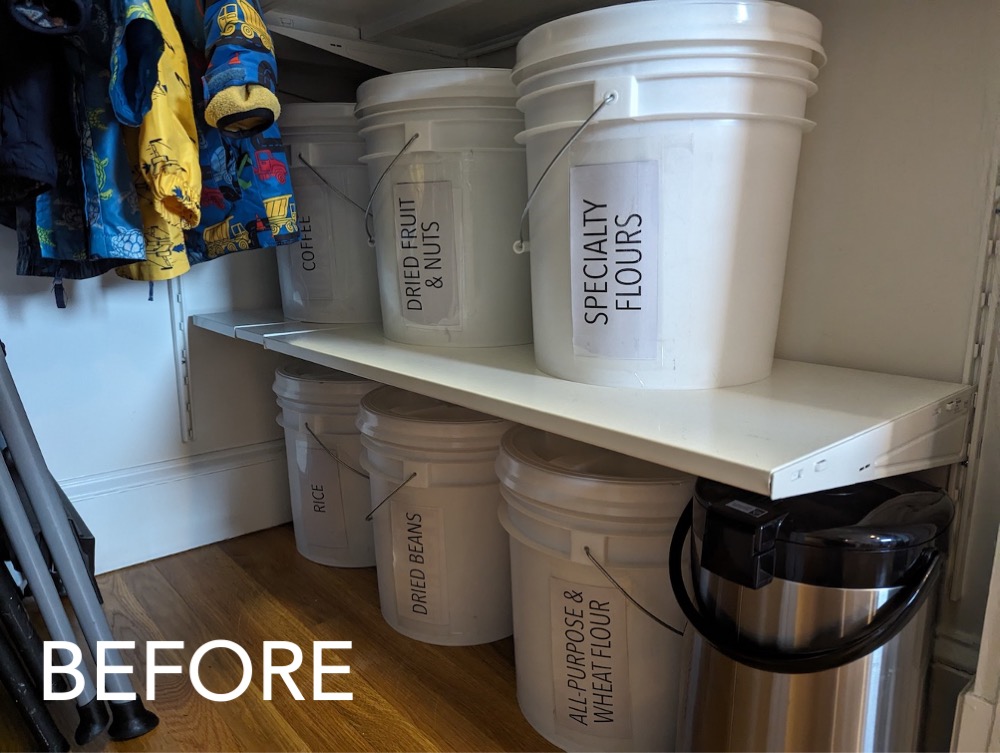
BUT, 3.5 years later, they were no longer all getting filled. AND some other (heavy)
food categories (canned goods ![]() , oils and vinegars
, oils and vinegars ![]()
![]() , condiments
, condiments ![]()
![]() ) were
overflowing their bins on higher shelves.
) were
overflowing their bins on higher shelves. ![]()
Constraints for the new bins
- Fit under the bottom shelf brackets
- Clean easily in case of spills


- Be see-through enough to see contents

- Slide out without scratching the floor

Step 1: Install wheels on mesh bins
I bought three 13” metal mesh bins with handles and attached four 1” appliance wheels to the bottom of each bin with #6 3/4” machine screws and hex nuts. They tucked neatly under the bottom shelf.
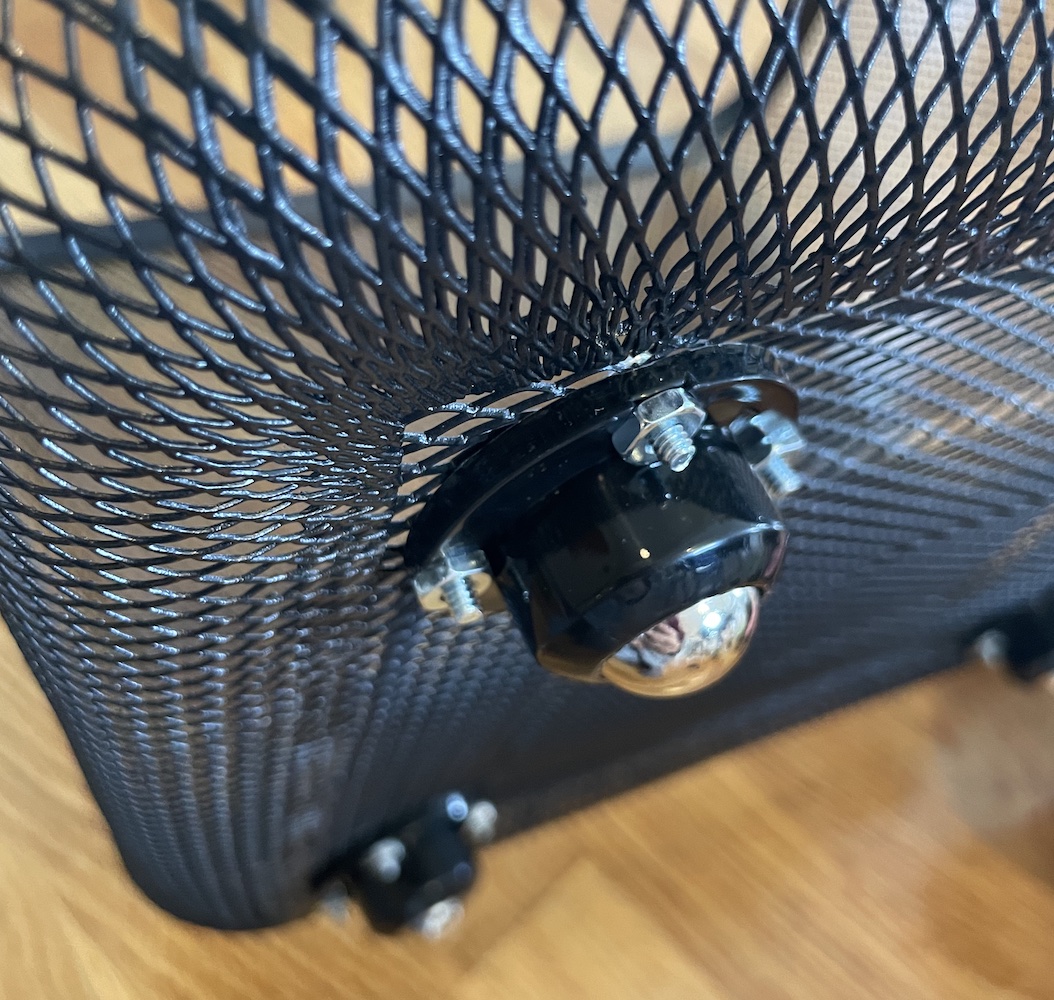
Step 2: Create custom labels
If you didn’t already know, labeling wire mesh bins is not easy! Adhesives stick poorly to this patterned material, and clip-on labels are limited. So, I designed my own label frames on TinkerCad!
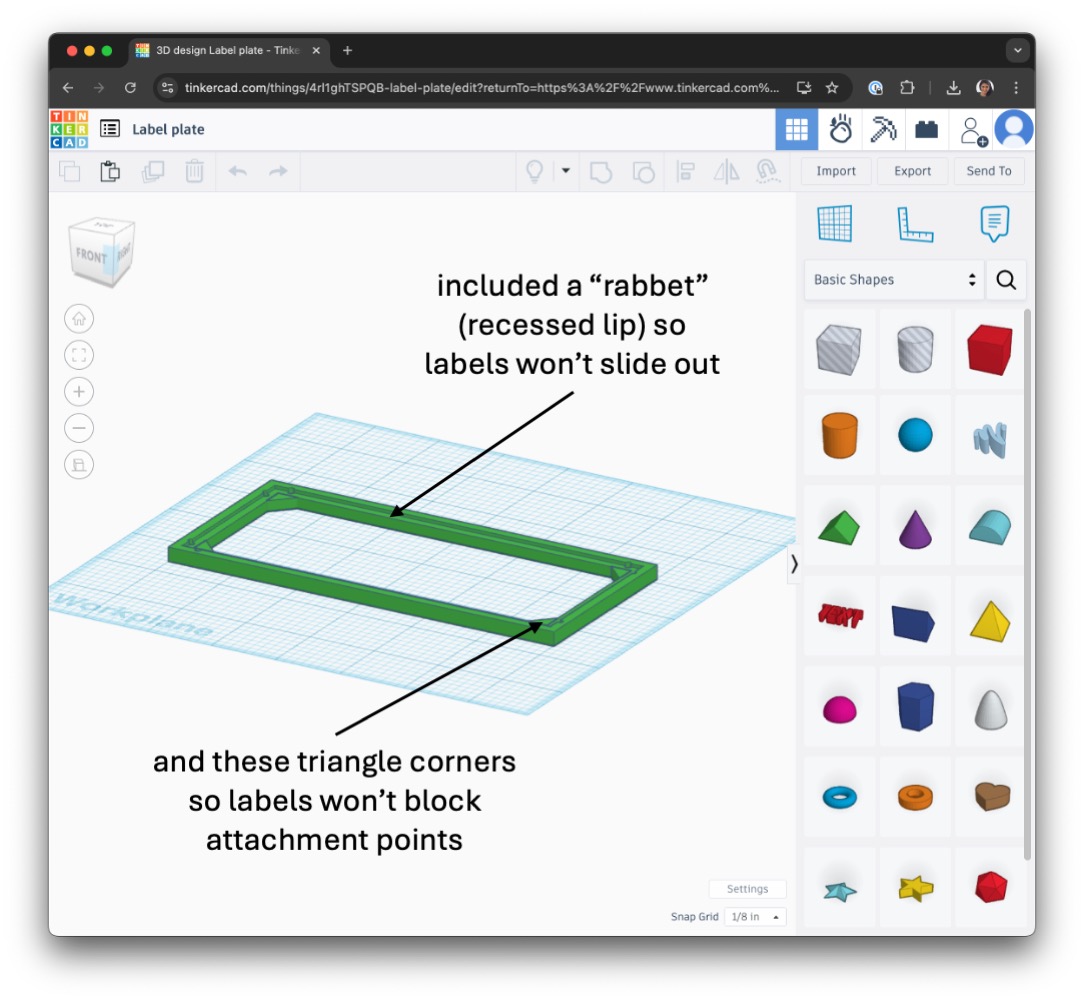
I 3D-printed the frames with black filament to match the bins. I cut labels and transparent covers to fit into the frames, then attached the frames at each corner with black cable twist ties (saved in a drawer in my newly organized utility room).
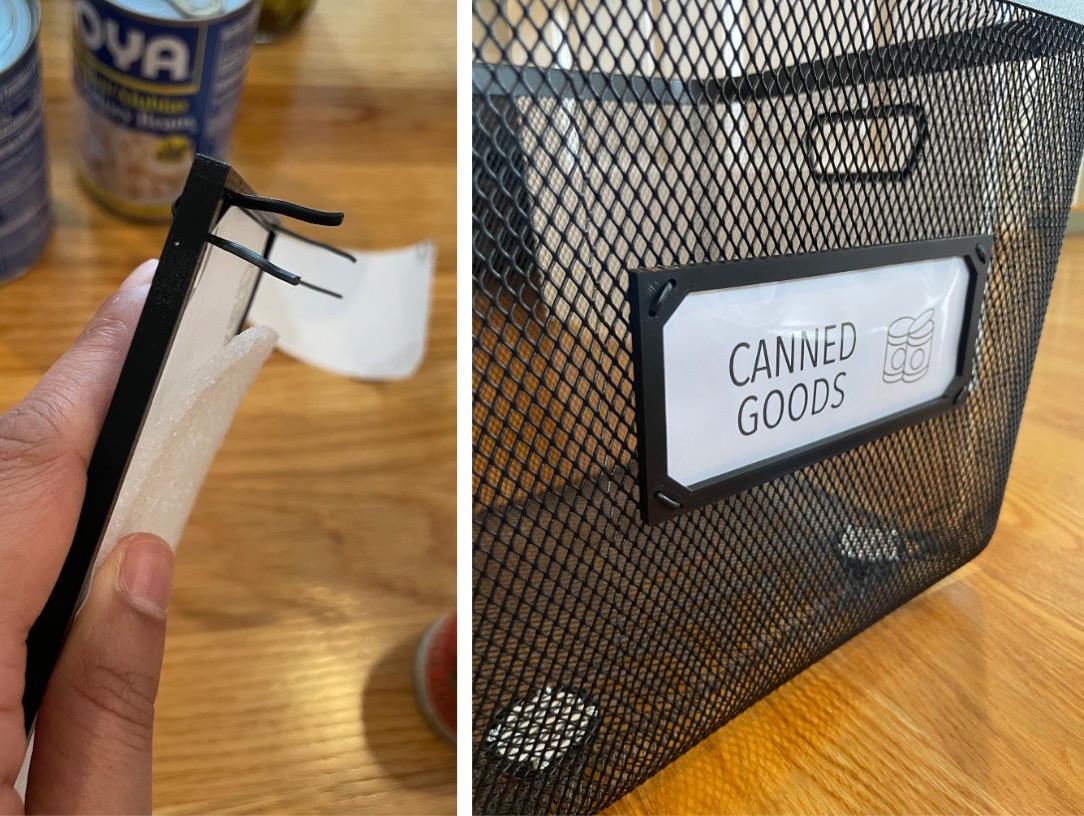
SO GOOD! ![]()
![]()
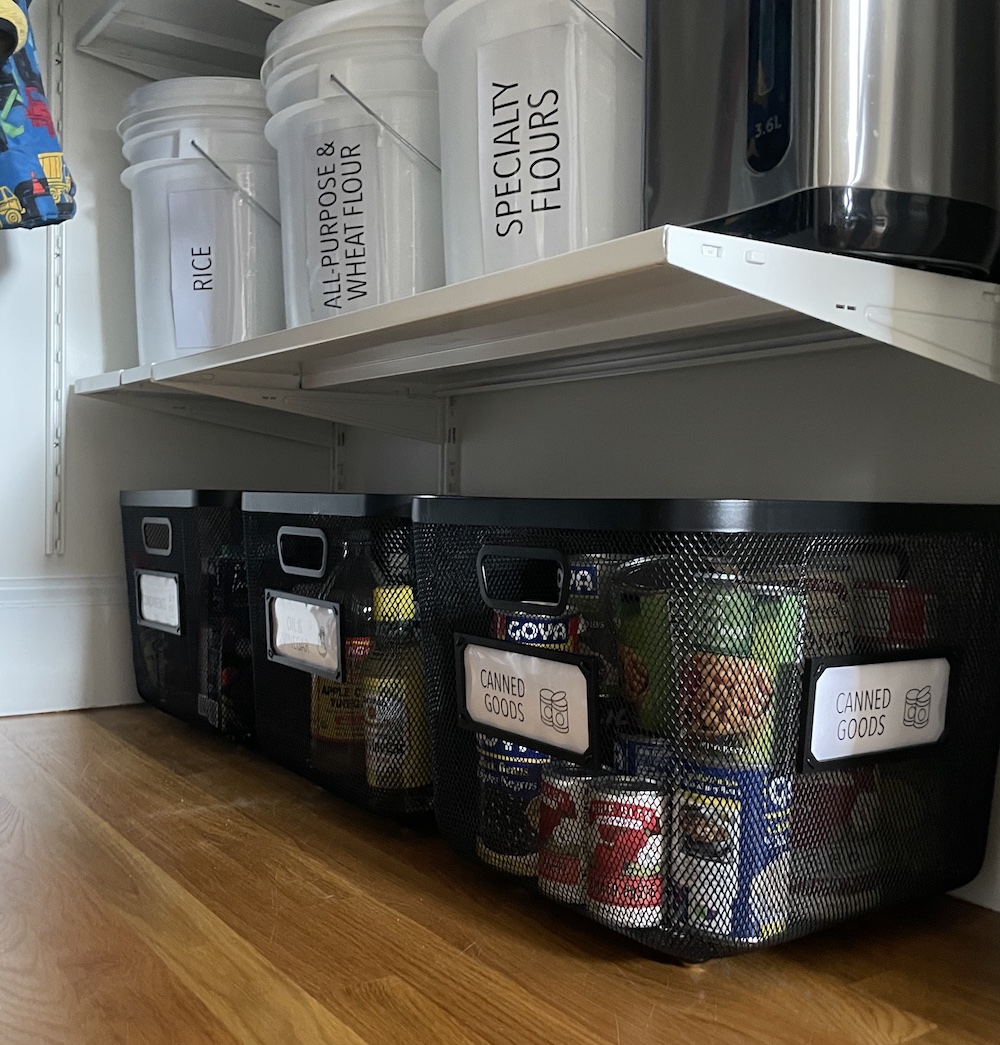
These bins are holding up super well and make grabbing ingredients for meals much easier! ![]()

Shilpa Kobren is the Associate Director of Rare Disease Analysis at Harvard Medical School where she focuses on analyzing genomic sequencing data with patient clinical information to derive insights into human diseases. Shilpa lives in an 1890s urban apartment in Cambridge, Massachusetts with her husband and two energetic toddlers. She retains her sense of peace amid the chaos by creating and iteratively improving systems that optimize daily efficiency in her family's constrained living space.